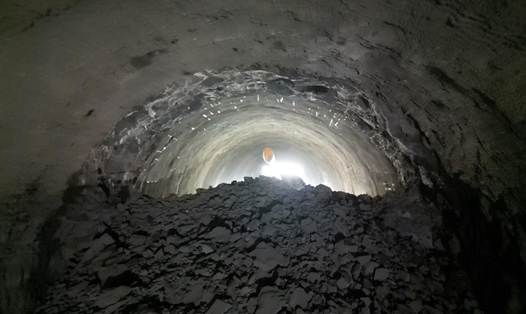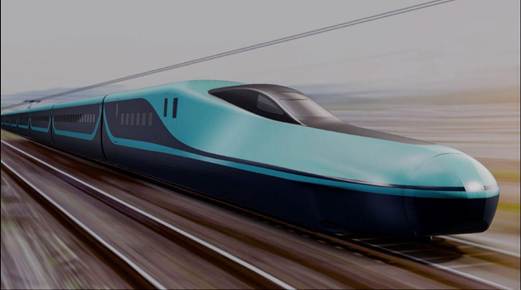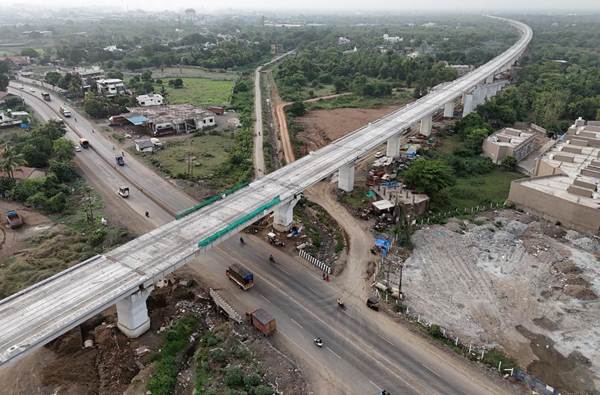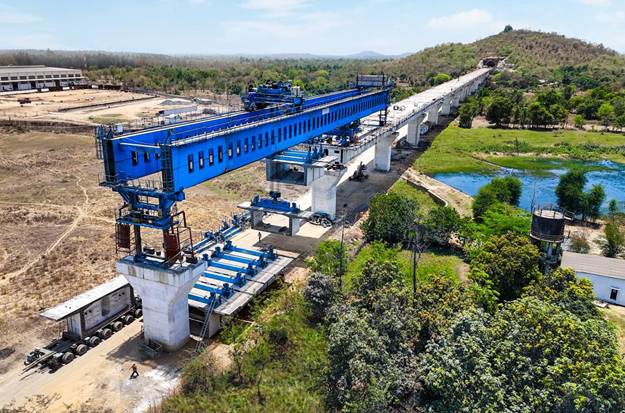
New Delhi / Mumbai, July 14, 2025- In a significant breakthrough for India’s high-speed rail ambitions, the Ministry of Railways has announced the completion of the first section of the 21-kilometre undersea tunnel between Ghansoli and Shilphata in Maharashtra, a part of the ambitious Mumbai–Ahmedabad Bullet Train Project. This milestone is a crucial development in the 508 km-long Mumbai–Ahmedabad High-Speed Rail (MAHSR) Corridor, which is being implemented with Japanese collaboration.

So far, 310 km of viaduct construction has been completed. Rapid progress is being made in the laying of tracks, installation of overhead electrical wires, construction of stations, and erection of bridges across the alignment.
In a historic first, the next-generation E10 Shinkansen trains will be introduced simultaneously in Japan and India, marking a new phase in the India-Japan strategic partnership. The E10 series is an upgrade from the existing E5 series and is expected to bring advanced safety features, improved energy efficiency, and enhanced passenger comfort.
These trains will exclusively run on the Mumbai–Ahmedabad corridor, establishing a new standard for high-speed rail technology in India.

The entire MAHSR corridor is being developed using the Japanese Shinkansen system, known globally for its safety, punctuality, and engineering excellence. The use of this technology reaffirms the strength of Indo-Japanese cooperation in infrastructure development and showcases India’s commitment to building next-generation public transport systems.

Construction across the corridor is progressing swiftly:
310 km of viaduct has been completed
15 river bridges are finished, with 4 more nearing completion
Of the 12 stations, 5 are already complete, and 3 others are approaching final stages
The Mumbai BKC station, a major highlight, is being constructed 32.5 meters underground and designed to support a 95-meter-tall building above—an engineering marvel in itself

The successful execution of the Mumbai–Ahmedabad Bullet Train Project is expected to pave the way for future bullet train corridors across India. With strong support from Japan and robust execution on the ground, India is well on track to transform its transportation landscape using global best practices and cutting-edge technology.
This landmark project not only highlights India’s growing technical and engineering capacity but also marks a transformative chapter in bilateral ties between India and Japan, showcasing what is possible when vision meets cooperation.










No Comments: